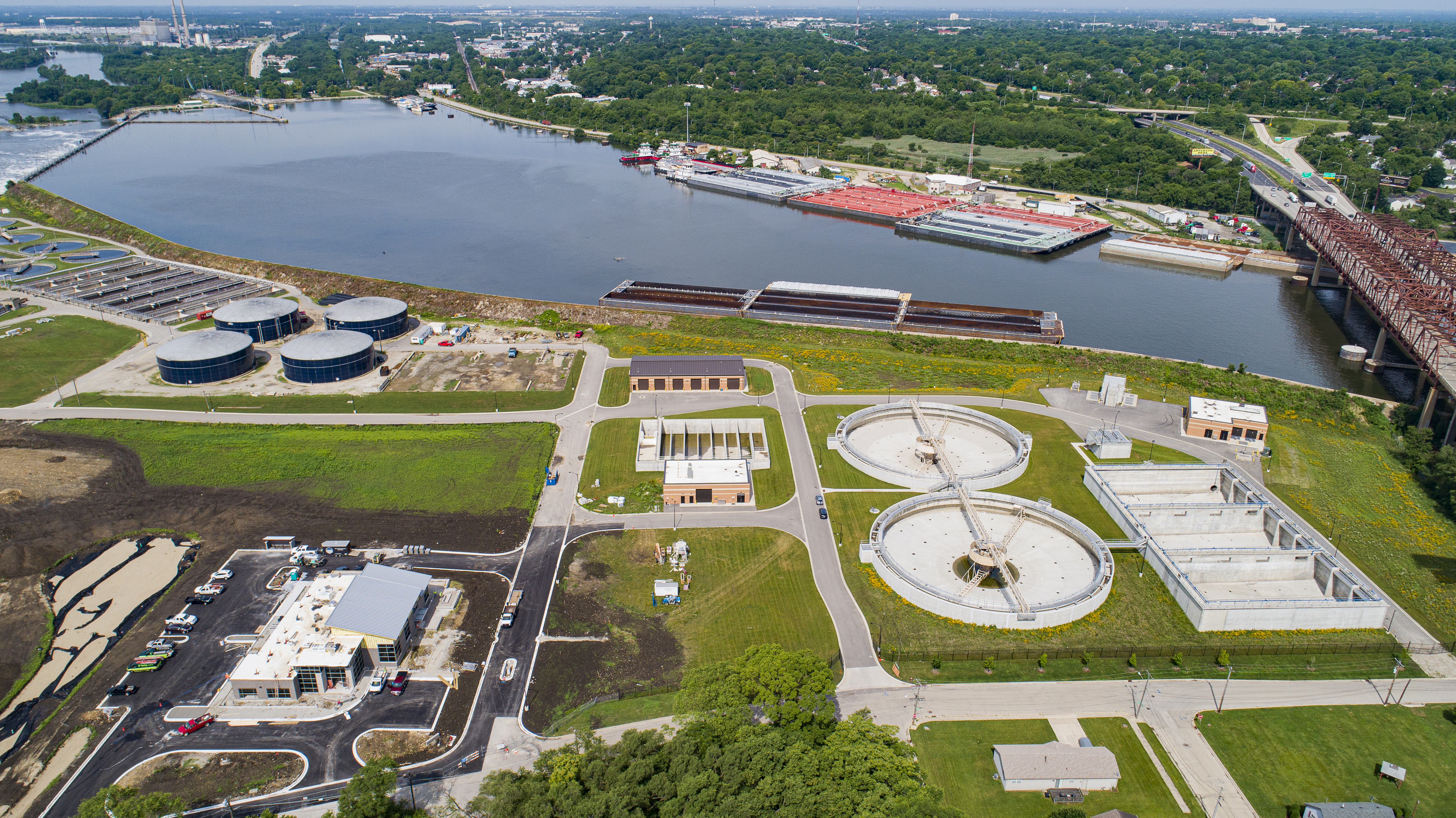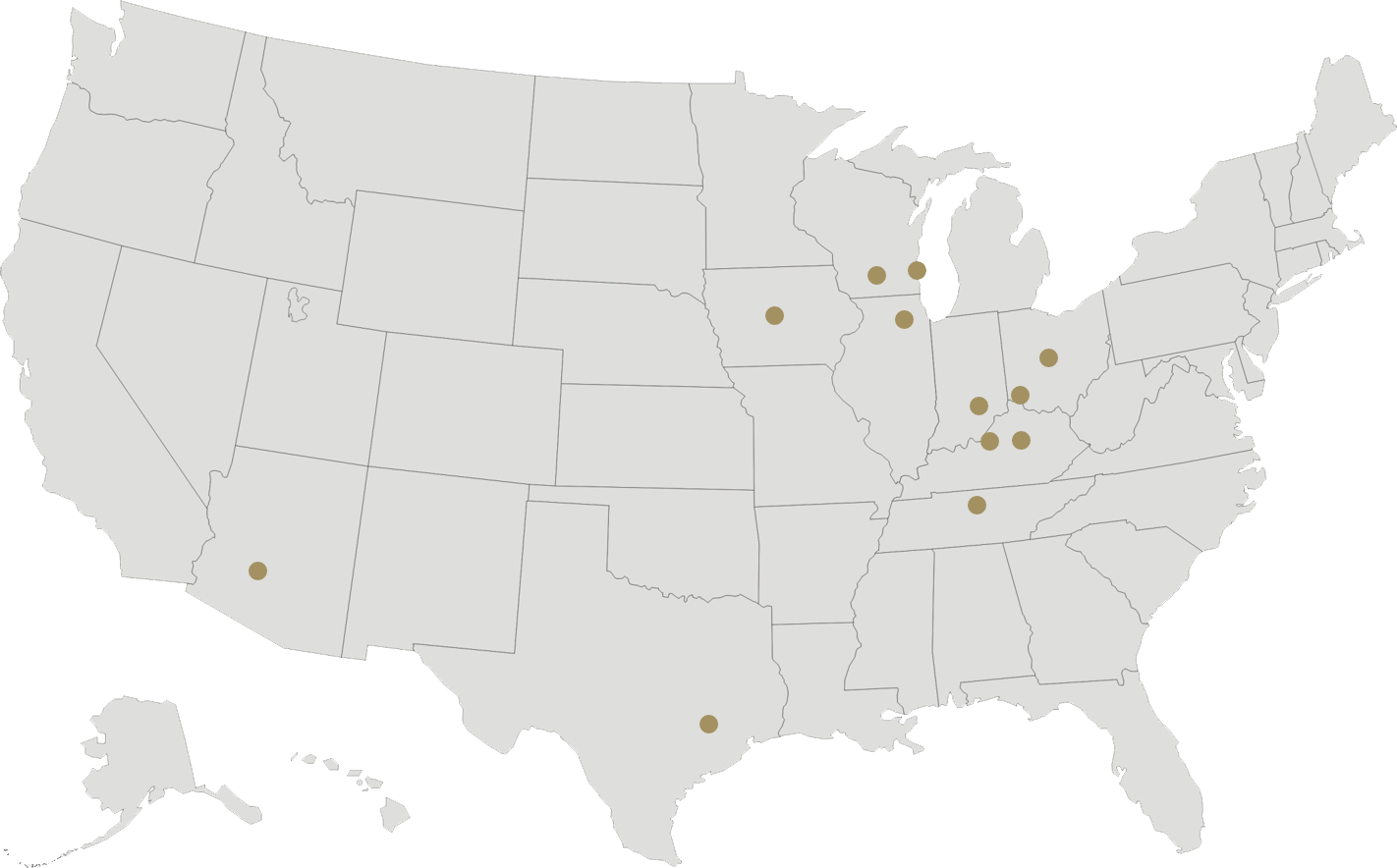The City of Joliet’s eastside sewer system is primarily a combined sewer system, spanning both sides of the Des Plaines River. Since 1985, the City has reduced its number of permitted Combined Sewer Overflow (CSO) outfalls from 32 to 8 through successful basin separation efforts. The City’s National Pollutant Discharge Elimination System (NPDES) permit requires reducing the overflow frequency from the remaining 8 CSOs per a compliance schedule. The project to eliminate these remaining CSOs — Phase II — included construction of a wet-weather screening structure, siphon control structures, a circular drop shaft, an 865-foot long tunnel, a rectangular drop shaft configured for a future wet-weather pumping station, and the West Side Interceptor. Phase III included construction of a wet-weather treatment facility. Flow on the west side is screened via a deflection screen on the west side and flow on the east side is screened with multi-rake bar screens. Screened flows from both sides are conveyed to the 117 million gallons per day (MGD) capacity Wet-Weather Pump Station where it is pumped to the influent control structure and the first 4 million gallons of combined sewage is diverted to the first-flush tanks for storage and treatment at the Eastside WWTP after the event. When the first-flush tanks are full, flow is diverted to two, 180-foot diameter clarifiers and a chlorine contact tank, which have a treatment capacity of 90 MGD.
This multi-phase approach to CSOs was awarded an Honor Award through the American Council of Engineering Companies (ACEC) of Illinois Engineering Excellence Awards competition and will move on to compete at the national level. The project was also recognized with an ACEC IL Judge’s Choice Award.

